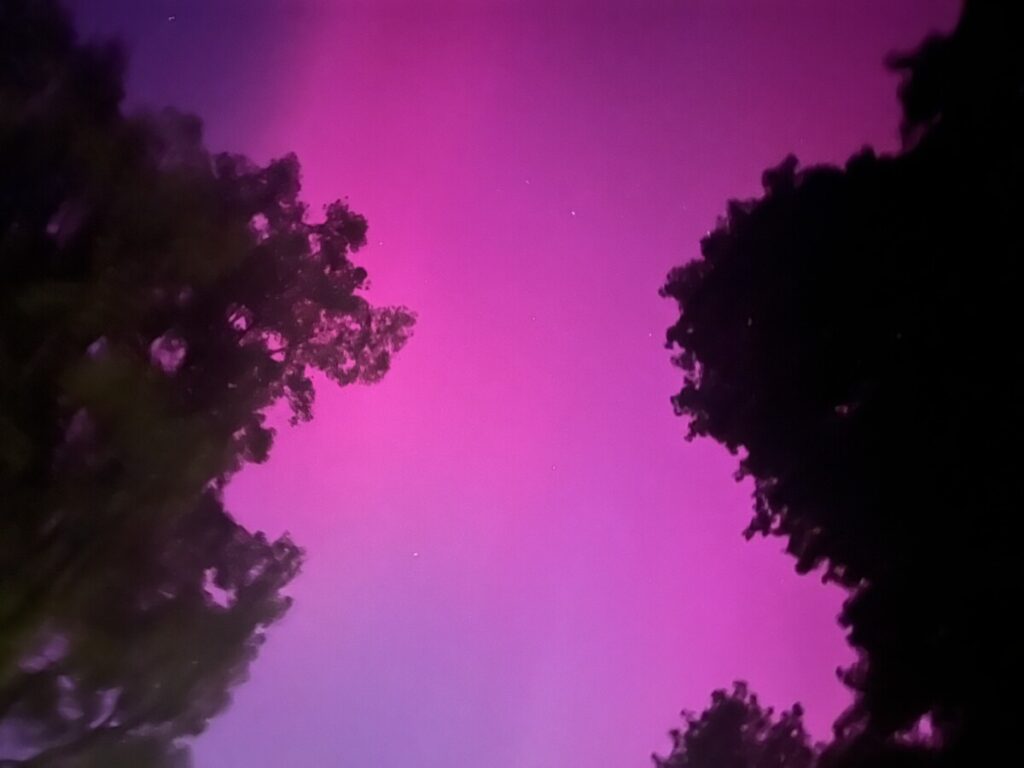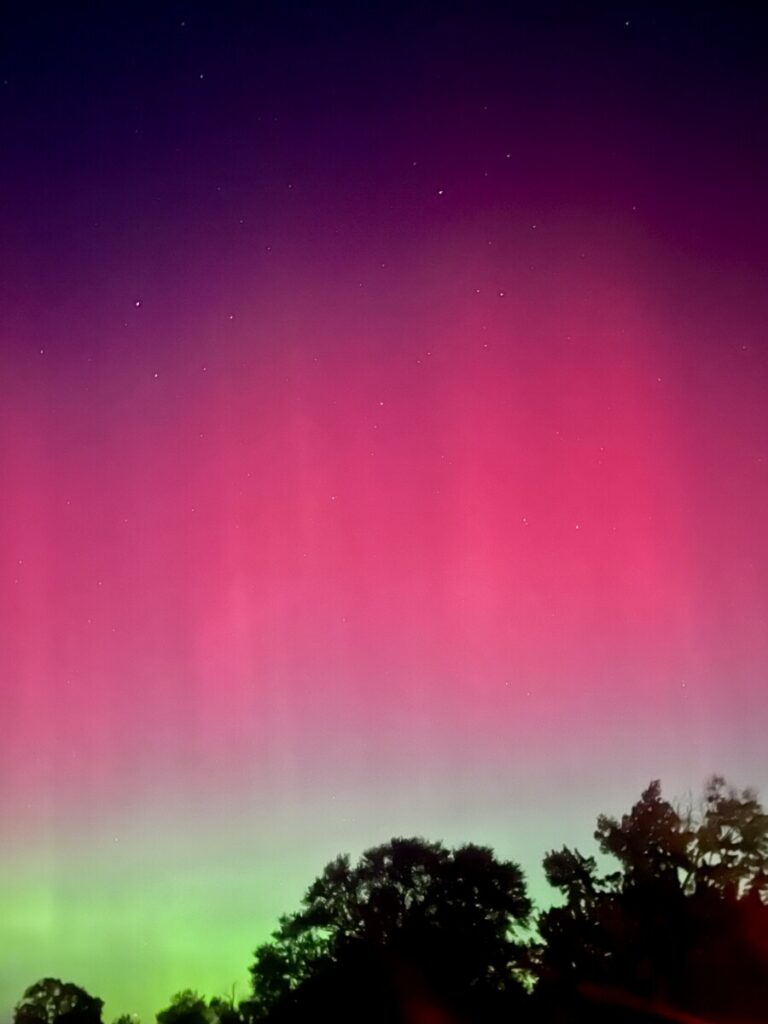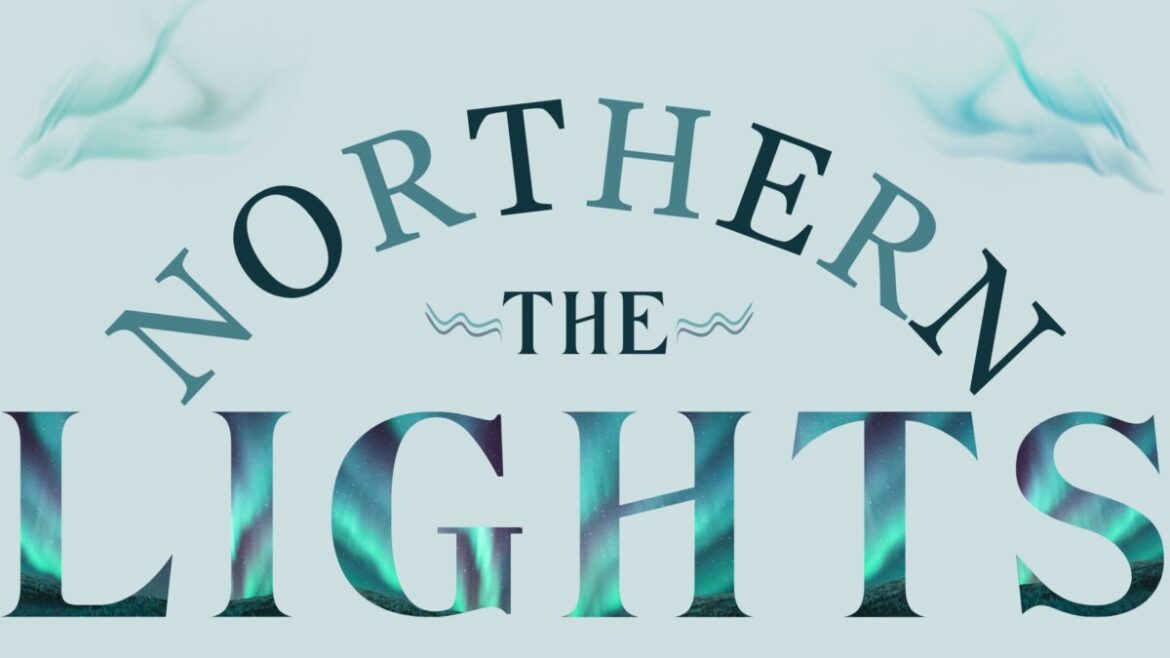Bella DeVito, Reporter
@BDeVitoCourant
Featured graphic by Victoria Tremblay
On October 10 at 8:00 PM, students’ Instagram pages were flooded with images of the night sky, bursting with vibrant pink, red and green lights from the aurora borealis.
Students responded positively to the unexpected sight, as well as Principal William Egan. “I’ve always heard that you had to go to Iceland or somewhere like that to see the northern lights,” Principal Egan said.
That night, Principal Egan sent out a school-wide email informing students the northern lights were visible in Connecticut. “To have the opportunity to see them was pretty awesome,” he said. “I thought students would like to see it as well so I sent an email out.”

Astronomy teacher Jeffrey Brentson explains the aurora borealis is more than just a pretty sight. “Sunspots, places where there are cooler spots on the sun, are regions of instability that tend to give off enormous amounts of energy,” Mr. Brentson said. “If one of those solar flares or prominences are aimed in our direction, it will give off enormous amounts of charge material and radiation.”
When these particles interact with different gasses in our atmosphere, they emit unique colors of light. “Oxygen tends to give off greenish yellow and red light, and nitrogen a bluish color,” said Mr. Brentson.
Luckily, the radiation emitted from the Sun doesn’t harm humans, though it does have some consequences. “Occasionally, we will encounter problems with our satellites because they might not be as well protected by the magnetic field of our planet,” Mr. Brentson said. “As a result, communication can get disrupted because it interferes with the signals in the upper atmosphere.”

Student leaders of the astronomy club Annie Gilliam and Michael Telesco expressed their thoughts on the aurora borealis. The astronomy club completes research projects, hosts presentations in the Dome, and enjoys stargazing events outside, called star parties, at Waveny.
Interestingly, the northern lights are very rare to New Canaan. “They are known for being in the poles, but because solar storms are really strong this year, they have gone a lot farther south,” said Annie.
“We’re at peak solar activity for the next few years, so we can hope that events like this will happen again,” said Michael.
The Sun, millions of miles away, is undergoing immense activity to create a spectacle in the night sky. Jeffrey Brentson said, “the northern lights light up the sky and create a cool effect for everyone to see.”




